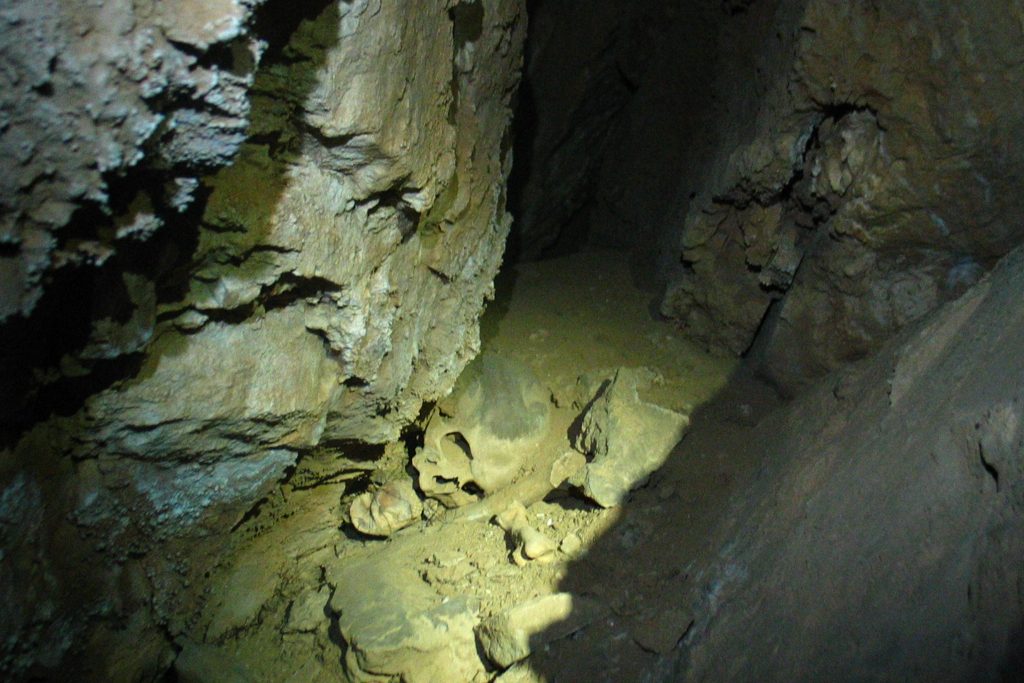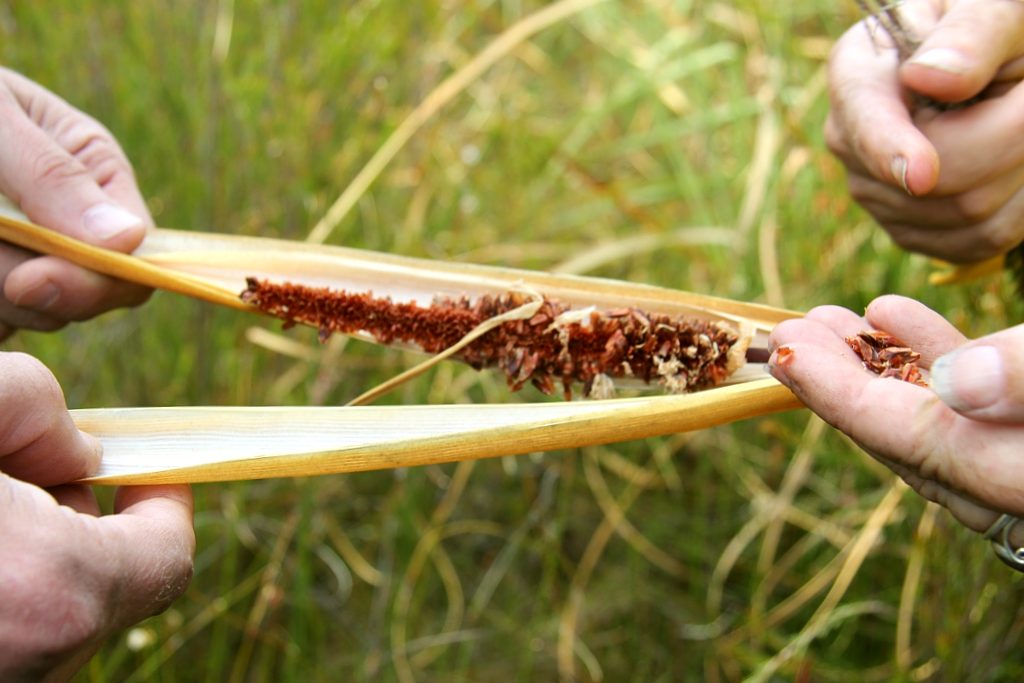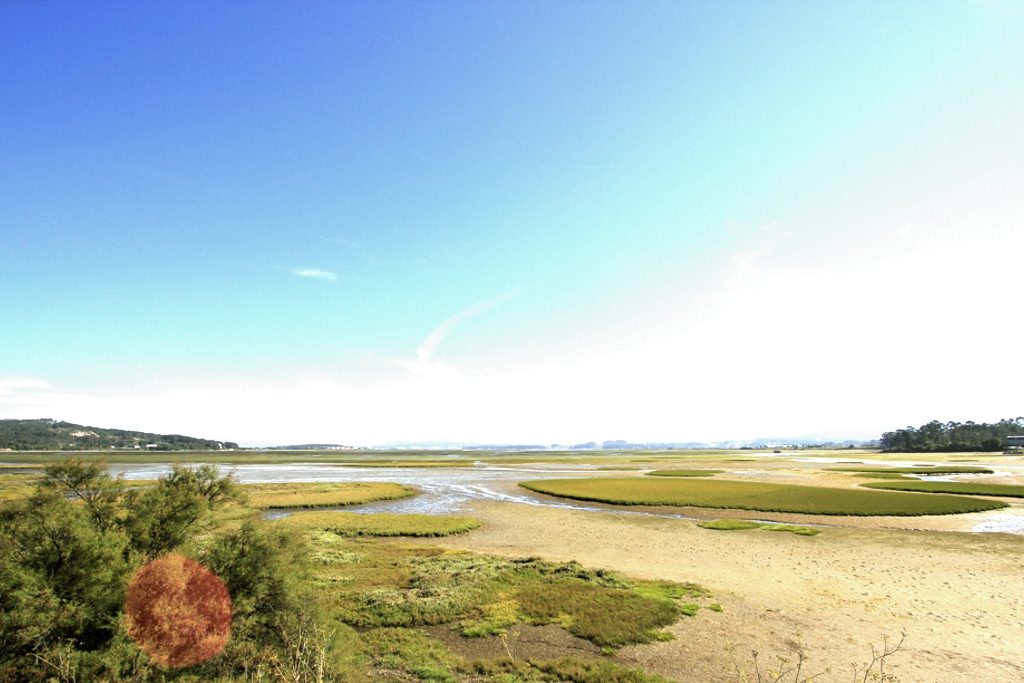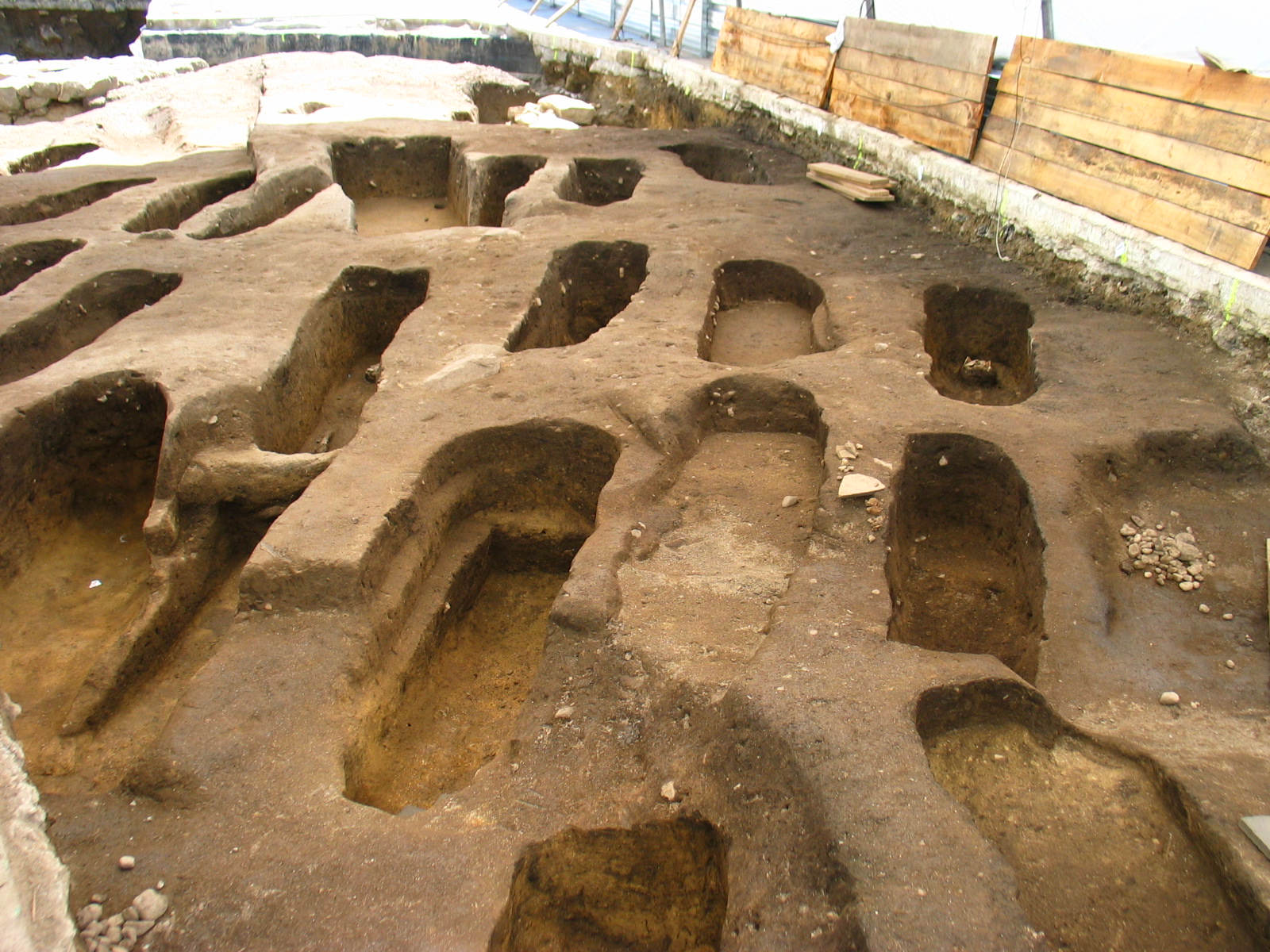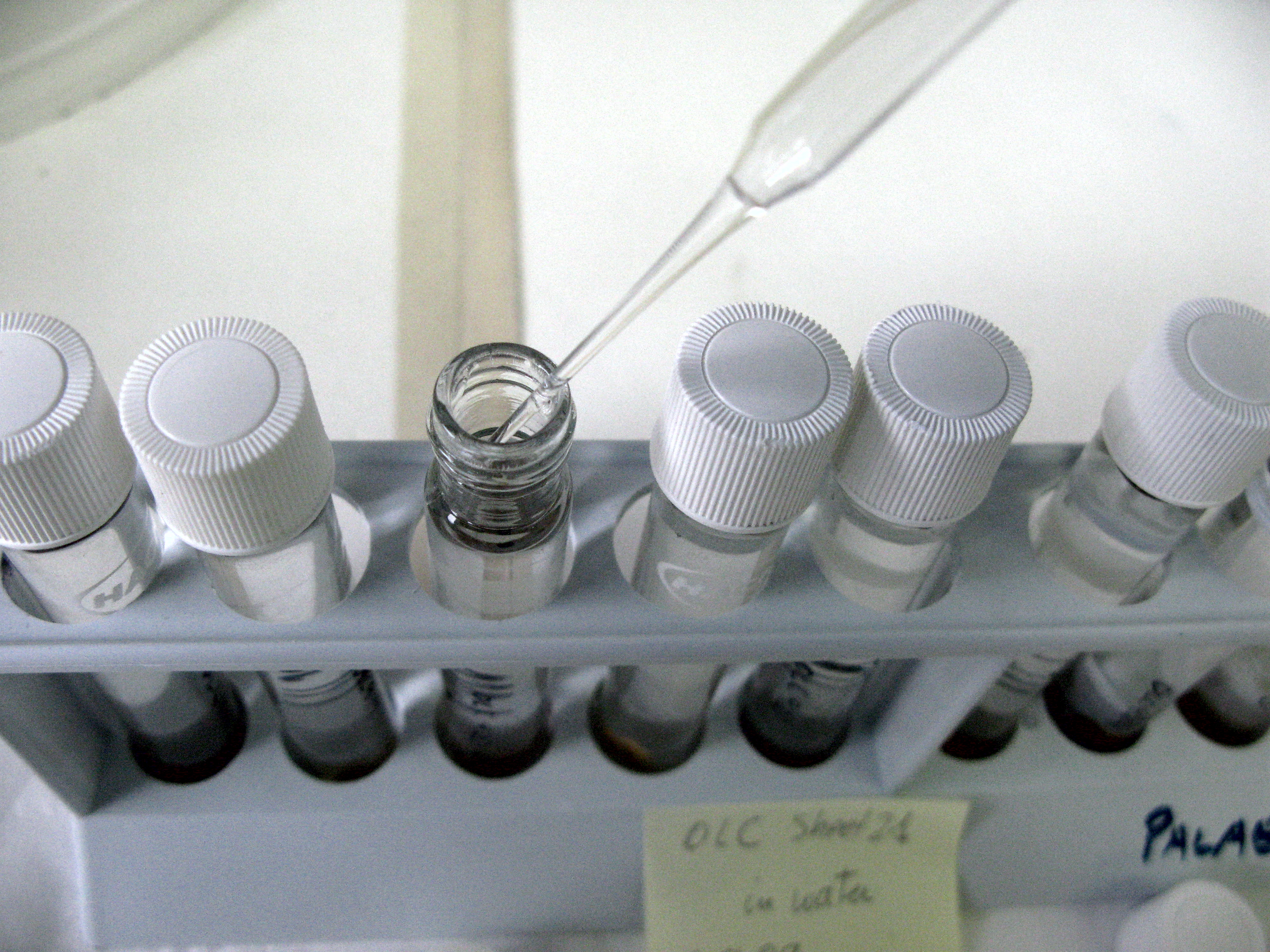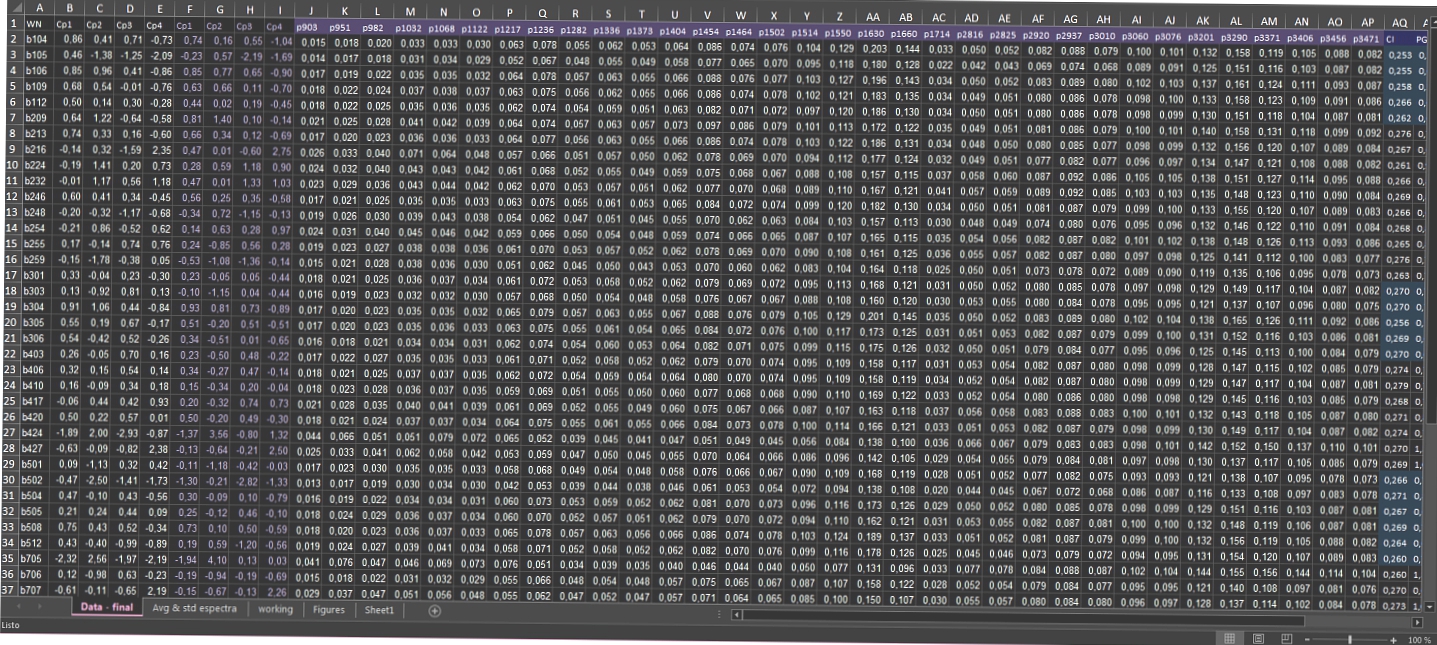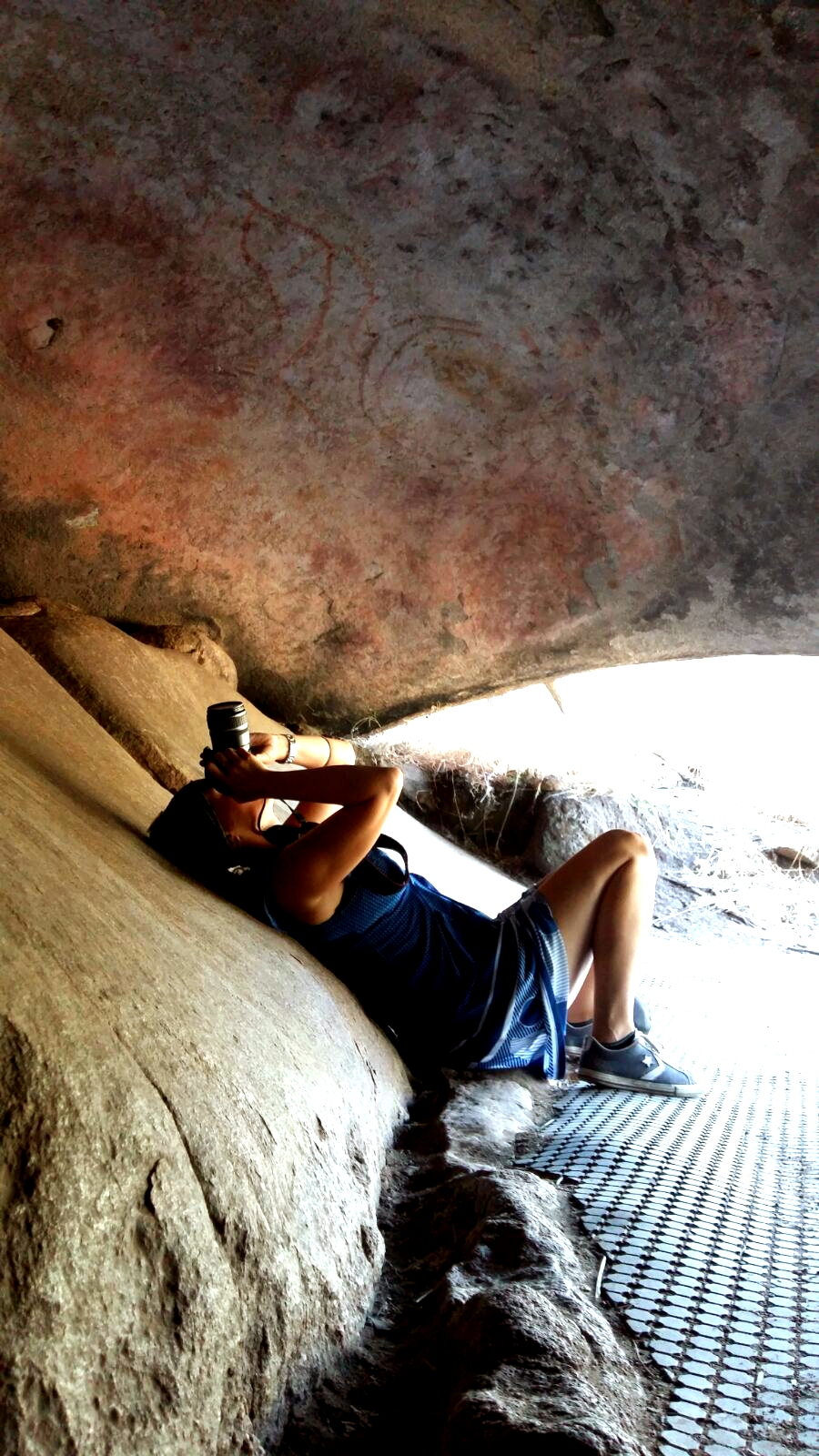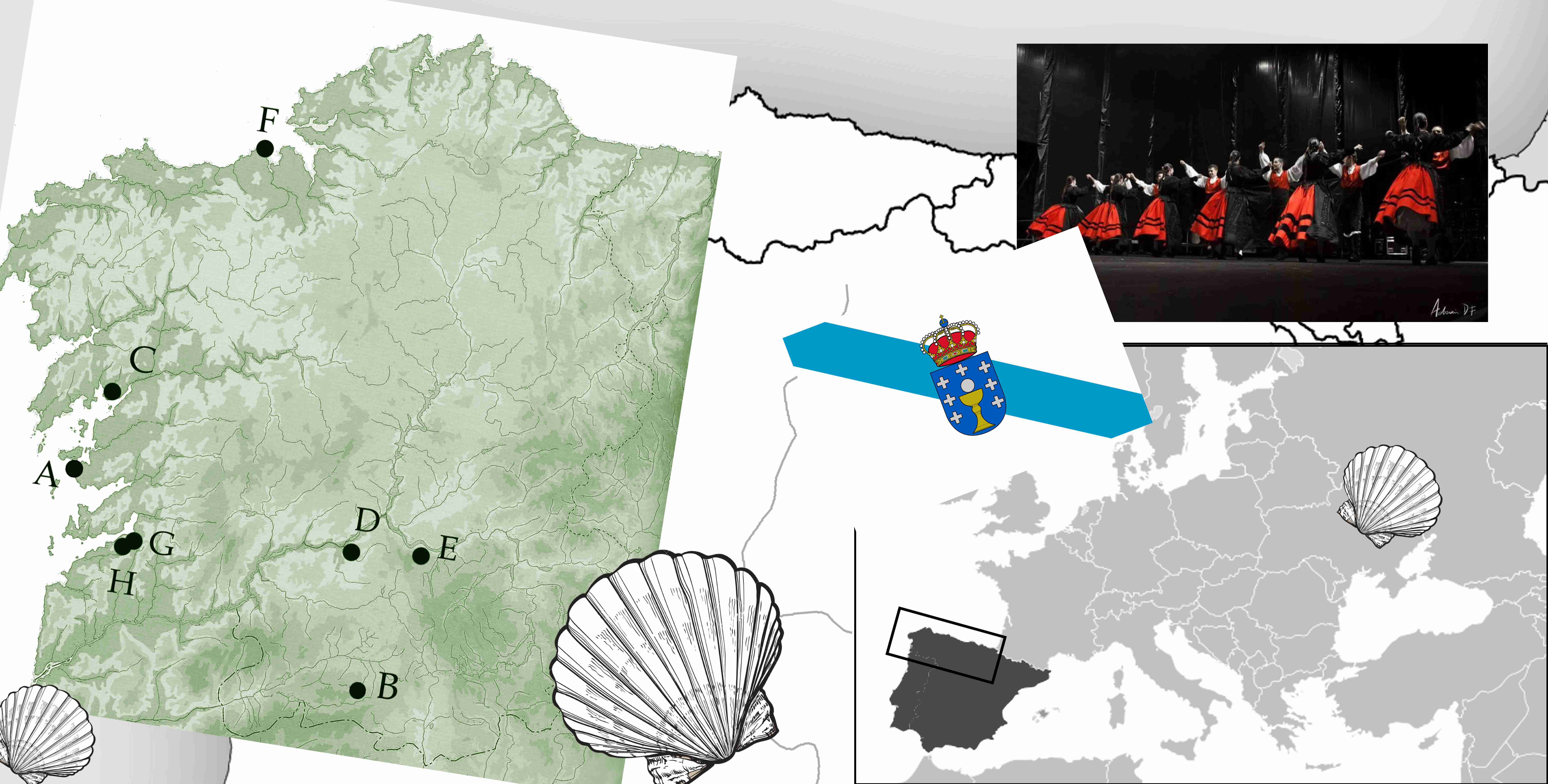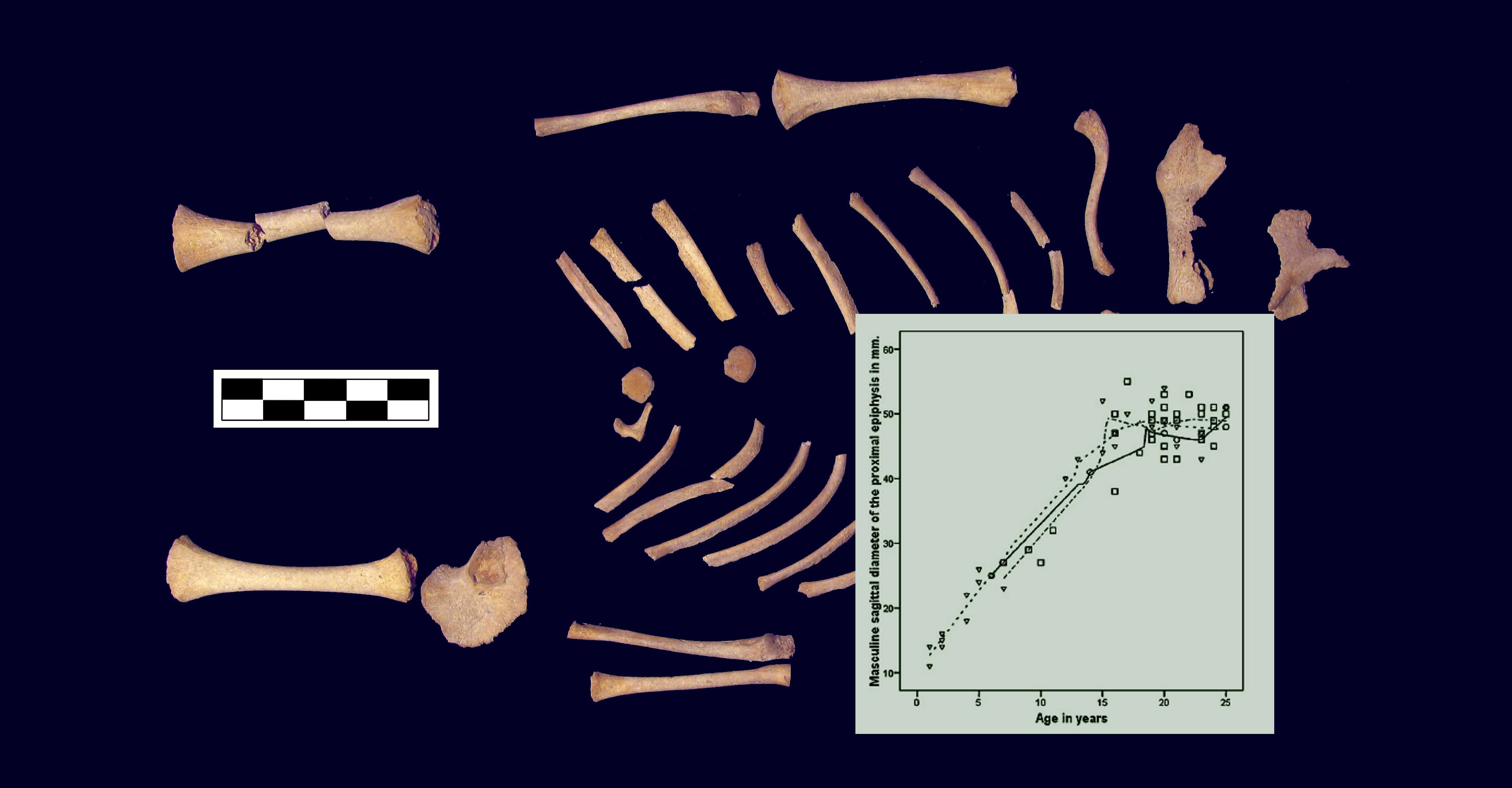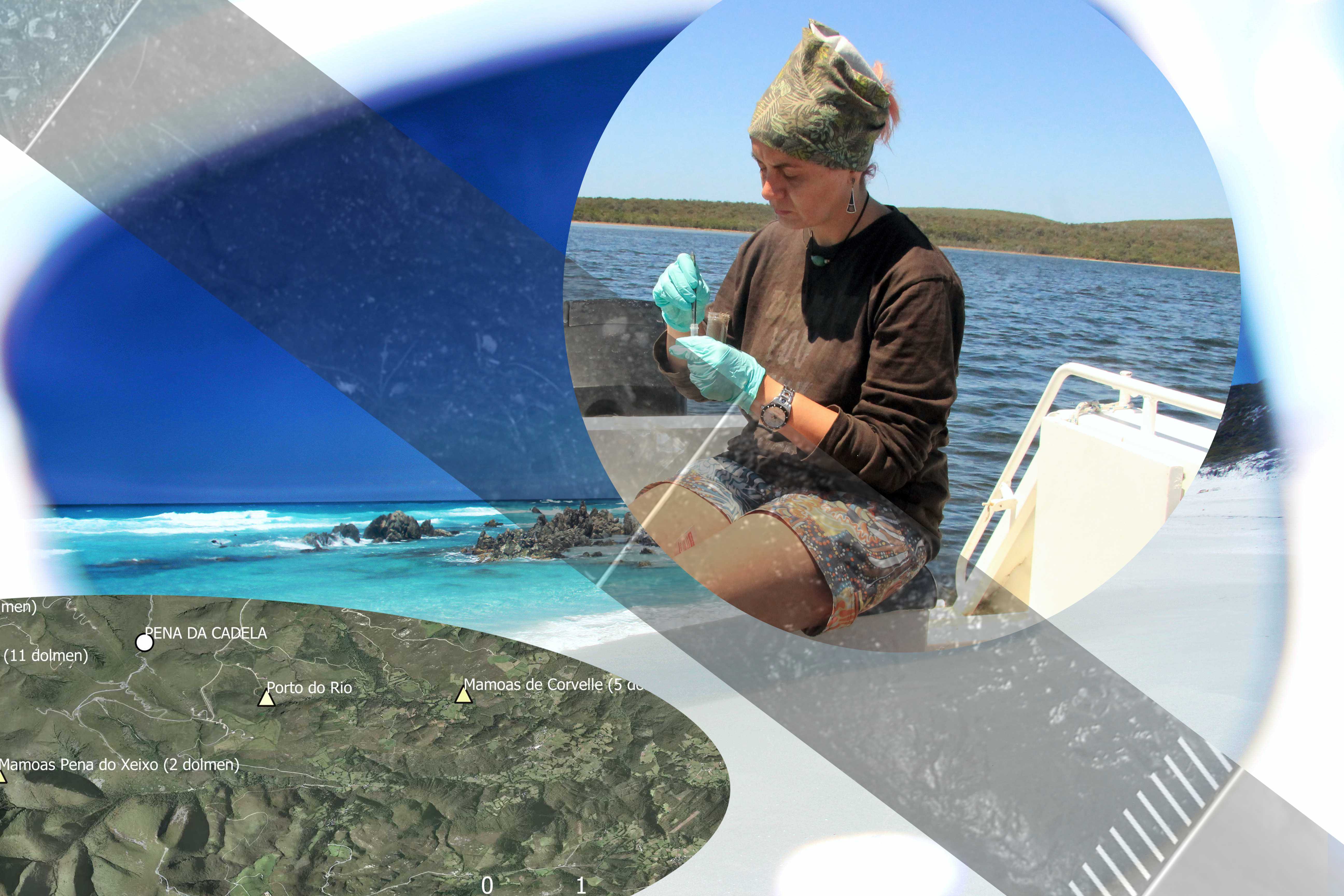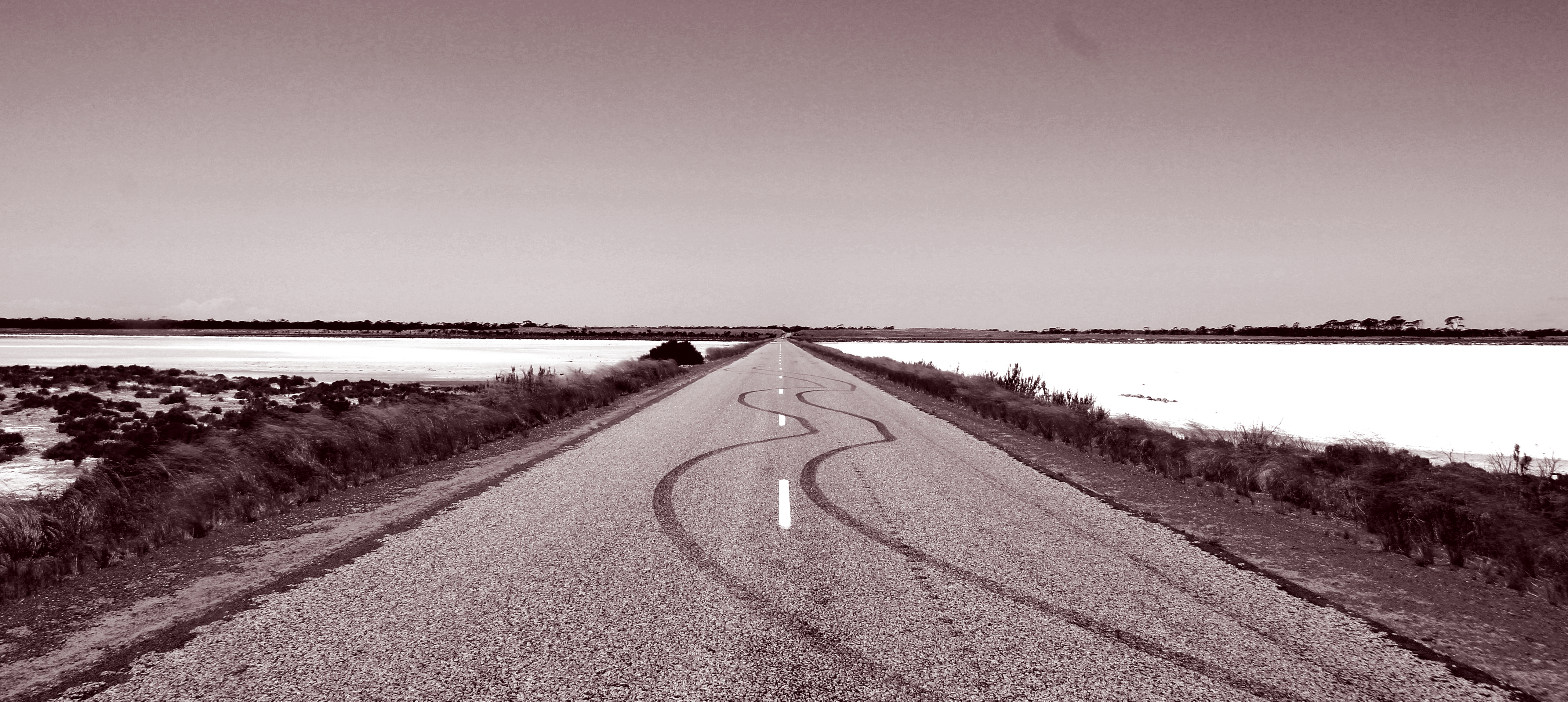GALICIA
THE PERFECT PLACE
Most of our studies are about NW Spain, a region called Galicia and well-known for The Camino (Santiago de Compostela way). Galicia is the perfect place to work if you are an osteoarchaeologist/physical anthropologist/bioarchaeologist. It has a complex cultural background and a quite distinctive climate – of which Galicians love to talk about.
Up to now, we have in deposit the largest collection of human remains from NW Spain. It is increasing every year with our participation in archaeological fieldwork. Check here my thesis about this region ( Link ). Additionally, the paleoenvironmentalists of our group are deeply studying the (paleo)climate of the region by analyzing peats, colluvial soils, etc. This research provides an accurate framework to the human populations.
Delicious food, exciting traditions, the most beautiful of the languages and a lovely landscape: Galicia is the perfect place to live whether if you are a scientific or not.

